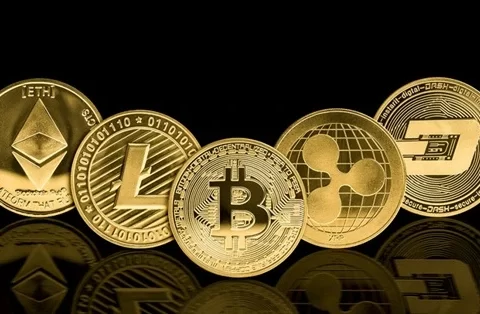XRP, the digital asset associated with Ripple Labs, has become a significant player in the cryptocurrency and financial technology sectors. Known for its fast transaction speeds and low fees, XRP is often discussed in the context of its potential impact on global payments and its future in the market. This article explores predictions and trends shaping the future of XRP, providing insights into what investors and enthusiasts can expect in the coming years.
Current State of XRP
XRP is designed to facilitate quick and cost-effective cross-border transactions, positioning itself as a bridge currency in the Ripple network. Its main features include:
- Speed: XRP transactions are processed in about 3-5 seconds.
- Cost Efficiency: Transaction fees are minimal compared to traditional banking systems.
- Liquidity Provision: XRP aids in the seamless conversion between different fiat currencies.
Despite its advantages, XRP has faced challenges, including regulatory scrutiny and market fluctuations. However, its role in transforming global payments and financial services remains significant.
Predictions for the Future of XRP
- Increased Adoption by Financial Institutions
One of the key predictions for XRP is its growing adoption by banks and financial institutions. Ripple has established numerous partnerships with global financial entities to integrate its technology. As the benefits of XRP become more evident, more institutions are expected to adopt it for cross-border payments, enhancing its market presence and utility.
- Regulatory Clarity and Impact
The resolution of regulatory issues, particularly the ongoing lawsuit with the U.S. Securities and Exchange Commission (SEC), will significantly impact XRP’s future. A favorable outcome could provide regulatory clarity and boost confidence among investors and institutions. Conversely, unfavorable rulings could pose challenges for XRP’s adoption and market stability.
- Technological Advancements and Upgrades
Ripple Labs continues to innovate and improve its technology. Future advancements in the Ripple network, including potential upgrades to the XRP Ledger (XRPL), could enhance transaction speeds, scalability, and security. These technological improvements are likely to drive increased adoption and use of XRP in various financial applications.
- Expansion into Emerging Markets
XRP’s role in emerging markets is another area of growth. Many developing regions face challenges with traditional banking systems, making them prime candidates for digital asset solutions. XRP’s low transaction costs and fast processing times make it an attractive option for cross-border transactions in these markets, potentially driving significant adoption and usage.
- Integration with Decentralized Finance (DeFi)
The rise of decentralized finance (DeFi) is a trend that could impact XRP’s future. As DeFi platforms gain traction, there may be opportunities for XRP to integrate with these platforms to facilitate liquidity, trading, and other financial services. This integration could expand XRP’s use cases and enhance its role in the broader cryptocurrency ecosystem.
- Market Competition and Innovation
The cryptocurrency market is highly competitive, with numerous projects vying for attention and adoption. XRP will need to maintain its competitive edge by continuing to innovate and demonstrate its value proposition. Keeping pace with developments in blockchain technology and digital assets will be crucial for XRP to remain relevant and attractive to users and institutions.
Trends Influencing XRP’s Future
- Regulatory Developments
The regulatory landscape for cryptocurrencies is evolving, and ongoing changes will influence XRP’s future. Keeping abreast of regulatory developments and their implications for XRP will be essential for understanding its market dynamics and potential challenges.
- Technological Evolution
Advances in blockchain technology, including improvements in scalability, security, and interoperability, will impact XRP’s development. Staying updated on technological trends will help investors and users anticipate how XRP may evolve and adapt to new challenges and opportunities.
- Economic Conditions
Broader economic conditions, including fluctuations in global markets and financial systems, can affect XRP’s performance and adoption. Economic uncertainty or stability can influence investor sentiment and the demand for digital assets like XRP.
- Investor Sentiment and Market Trends
Investor sentiment and market trends play a significant role in the cryptocurrency space. Changes in market perceptions, speculative trading, and overall interest in digital assets can impact XRP’s price and adoption rates.
Conclusion
The future of XRP is shaped by a range of factors, including increased adoption by financial institutions, regulatory developments, technological advancements, and market trends. While challenges exist, particularly related to regulatory clarity and competition, XRP’s potential to transform global payments and financial services remains strong. By staying informed about these predictions and trends, investors and enthusiasts can better understand and navigate the evolving landscape of XRP and its future prospects.












